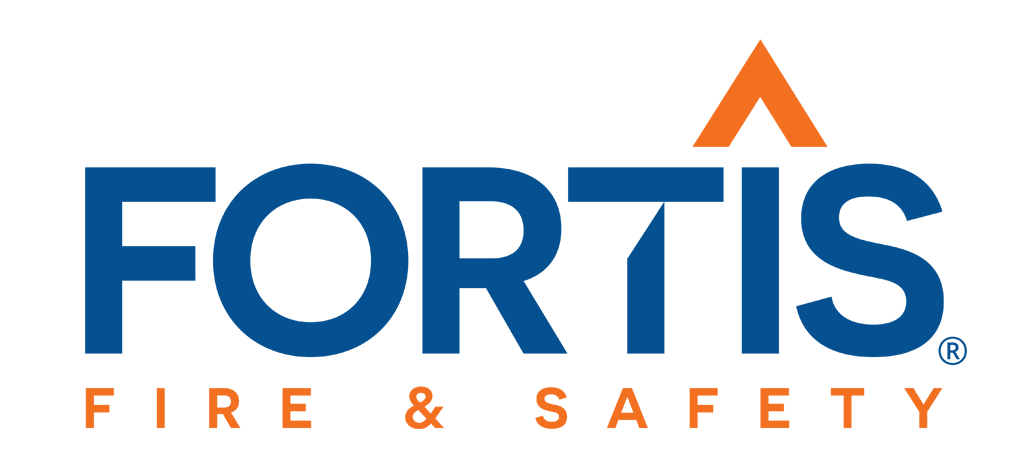Understanding the Five Classes of Fire and How to Extinguish Them Safely
In the event of a fire, knowing the five classes can help you to use the most effective fire extinguishing agents and techniques to safely suppress the flames.
In this article, we’ll cover each fire class, how each type of fire can happen, the varying materials that can serve as fuel, and how you can safely extinguish the flames. (Hint: don’t always use water to put out fires– it can make it worse!)
Please note these fire classifications follow the U.S. standard system for classifying fires.
What is a Fire Class?
Fire classes are a system of categorizing fires by factors such as the type of material and fuel for combustion as well as the best methods to extinguish or suppress them. The fire classes are Class A, Class B, Class C, Class D, and Class K.
Class A Fires: Ordinary Combustibles
Class A fires are the most common of the classes of fires. Class A fires occur when common combustibles–such as wood, paper, trash cloth, and some plastics– serve as fuel for the fire. Some of these materials may include:
- Cloth and fabric: clothing, home furnishings, curtains
- Wood: furniture, building, crafting or construction supplies, logs in fireplaces
- Paper: books, office supplies, magazines, newspapers, trash
- Plastics: plastic containers, toys, disposable bags
- Rubber: such as the rubber in shoes
How Do Class A Fires Start?
Class A fires are the most common because ordinary combustibles are often found in everyday life. An ordinary combustibles fire can start through scenarios such as a candle falling over or a hot match being tossed into the trash.
How to Extinguish Class A Fires
According to the Fire Equipment Manufacturer’s Association, the best methods to extinguish Class A fires is either with a foam fire extinguisher or with water.
Class B Fires: Flammable Liquids and Gases
Class B fires involve flammable liquids and gases, especially petroleum or petroleum-based products. Some examples include:
- Gasoline
- Paint
- Kerosine
- Propane
- Butane
However, Class B does not typically include fires involving cooking oils or grease. These materials are in their own class, Class K.
How Do Class B Fires Start?
Class B fires occur when flammable liquids ignite. For example, lighter fluid may catch fire on a charcoal grill or gasoline, grease or paint may ignite while a mechanic is working on a car.
How to Extinguish Class B Fires
The best method of extinguishing Class B fires is by smothering them or cutting the oxygen supply using foam, powder, or carbon dioxide fire suppression equipment, such as extinguishers.
It is important not to use a water extinguisher on a Class B fire as water may spread the flammable material and cause the fire.
Class C Fires: Electrical Fires
Class C fires involve an electricity source and/or electric equipment. They may begin from:
- A short circuit
- Faulty wiring
- Electrical/power cord damage
- Faulty Breaker boxes
- Damaged appliances
- Overloaded electrical outlets
How Do Class C Fires Start?
Class C fires can occur in many situations. An example would be an overloaded outlet causing the plug and/or cord of the device to spark and set on fire.
How to Extinguish Class C Fires
Since suppressing Class C fires can be complicated, we’ve broken down the process into a few short steps:
- If it is safe, disconnect the item from its power source.
- Extinguish the fire using a carbon dioxide or dry powder fire extinguisher. These are non-conductive extinguishing agents that will help protect you from electrical shock and cut off the fire’s oxygen supply.
- Do not use water or a foam extinguisher, as you would with Class A fires. Water and foam conduct electricity and could make the situation more dangerous.
Class D Fires: Combustible Metal Fires
Class D fires involve metals catching on fire. Flammable metals include, but are not limited to:
- Titanium
- Aluminum
- Calcium
- Sodium
- Magnesium
- Potassium
How Do Class D Fires Start?
Metallic fires require extreme heat to ignite and start most often when the materials are in the form of fines, such as metal dust. This may occur, for example, at manufacturing plants, laboratories or warehouses that cut, drill or mill metal materials.
How to Extinguish Class D Fires
Class D fires should not be put out with water because water can make the fire more dangerous. Instead, use a dry powder fire extinguisher or other dry powder agents to smother the fire.
Class K Fires: Cooking Fires
Class K fires, similar to Class B fires, occur as a result of the combustion of flammable liquids. Class K fires are categorized separately because of their unique setting and are instead associated with cooking liquids in the food service and restaurant industry. These liquid cooking materials include:
- Grease
- Oils
- Animal fats
- Vegetable fats
How Do Class K Fires Start?
Cooking fires can happen by leaving cooking food unattended–remember when your mom told you not to do that? This is why!– or forgetting to turn off the stove.
How to Extinguish Class K Fires
It may be your instinct in the kitchen to toss a glass of water on the fire, but that could make it worse. Cooking fires can spread quickly and are often worsened by water. Instead, smother the fire-like putting a large metal lid over a small fire in a pan- to cut off the oxygen supply or use a wet agent fire extinguisher.
Still have some questions on how to best protect your property from the five classes of fire? Contact our team at Fortis and we’ll find a solution that fits your needs, property, and budget.











